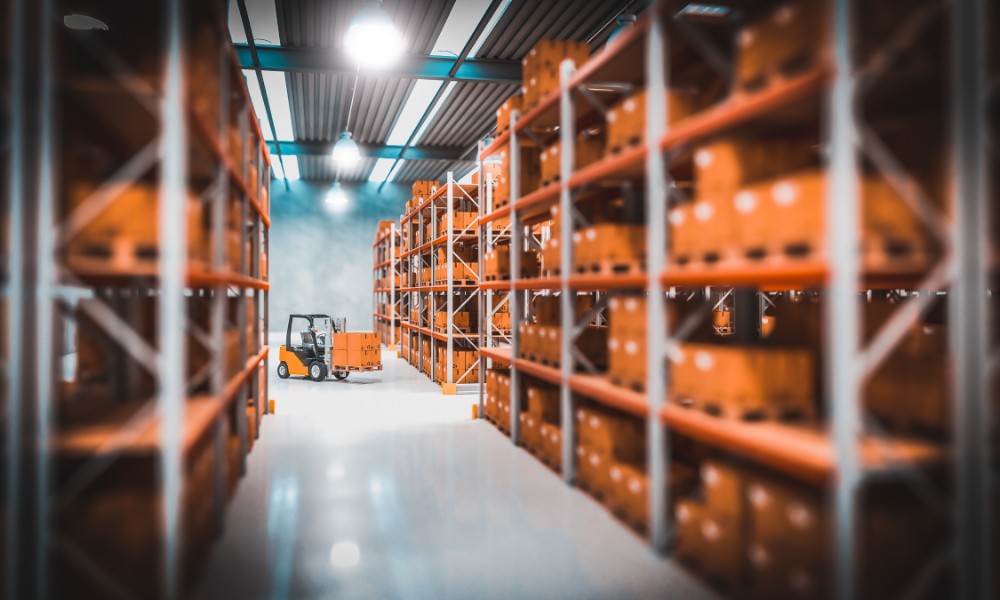As the COVID-19 pandemic continues to affect the way business is done and how people interact, US companies that rely on overseas manufacturing are looking for ways to move their work within the US borders. With overseas companies closing or significantly delaying their work, US manufacturers are re-evaluating their business initiatives as they search for onshore manufacturing companies.
The COVID-19 virus is spreading around the world like a wave. As it hits countries at different times, businesses are struggling with plants and facilities shutting down, and production coming to a halt.
In today’s global market, most manufacturers rely on products from all over the world. Consider the auto industry: German car companies rely on Chinese-made parts in factories that have been closed for over a month. Fiat-Chrysler has struggled with the national quarantine in hard-hit Italy. All over the world, global manufacturing has been affected and will continue to be affected until a vaccine is available.
To solve the global wave of problems, US manufacturers are looking for ways to move production completely within the borders. This is not something that can be done overnight, as global production has become the norm. But with mindful steps and wise partnerships, these changes are possible.
What to Know About Overseas Manufacturing
Pros of Overseas Manufacturing
Sending business overseas is less expensive than paying for labor within the United States. Globally, nearly every niche is covered by an overseas manufacturing company, which reduces upfront set-up costs, too.
Cons of Overseas Manufacturing
On the flipside, overseas manufacturing does come with some downsides. One is that logistics is tough to manage from a long distance, as is the rest of the production process. Unfortunately, these issues can result in overlooked quality-control measures. Language issues usually arise, which adds to the production and logistics troubles.
If your product has to stop at several checkpoints before it arrives at your business, there is a higher chance of contaminating the widget you are ordering. Time zone issues can also create communication problems, as many companies are on the other side of the world.
What to Know About Onshore Manufacturing
Pros of Onshore Manufacturing
If you hire an onshore manufacturing company, the off-shore problems disappear. For example, when you manufacture within the US, you don’t have a language barrier to overcome. You also work with people who are within or close to your time zone, so it is easy to talk to someone when the need arises.
Onshore manufacturing offers faster production and shipping because you do not have to worry about tariffs, customs, and other government regulations. You have several payment options, and after all is said and done, the process can sometimes be less expensive than overseas manufacturing.
Cons of Onshore Manufacturing
While onshore manufacturing might sound ideal, it is not free of problems. One of the top reasons companies turn to overseas manufacturing is the higher price of manufacturing within the United States. Part of the problem is that most US manufacturers have small facilities that are specialized, so they struggle with high-volume orders. Making in-house changes for new jobs can be costly for small manufacturers.

What to Look for in an Onshore Manufacturer
As unemployment rates rise and businesses struggle to stay afloat, finding an onshore manufacturer can protect jobs and keep businesses afloat. If you are looking to work with an onshore manufacturer, there are a few qualities to consider.
Knowledge and Experience of the Manufacturer
It is best to find a manufacturer with some experience in your industry. For example, when the government started to look for onshore manufacturers to make ventilators, automakers were targeted. They have experience in large-scale production with complicated machinery. Auto manufacturers were a perfect choice, as their factories are easy to change as model years continually change. Their workforce is also accustomed to changing requirements.
Technical Capabilities of the Manufacturer
If you are looking for a manufacturer that can produce a high-tech widget for you, you need a manufacturer who has experience. You do not want to pay a company to upgrade its facilities and technology to meet your needs; the company you hire should already have them.
Credibility and Reputation of the Manufacturer
When you search for your onshore manufacturer, choose one with credibility and an established reputation. You might find that younger companies are ready and willing to work with you, but the risk of working with an unestablished company might not be worth it. Do what is best for your company and your employees.
Tips on Finding the Right Manufacturer
In tough times, it can be challenging to find the manufacturer who can best meet your needs. Some manufacturers may be struggling to stay afloat and could shutter their business before completing your work. Others might not have the technology or workforce to get the job done to your standards.

Fortunately, there are resources available to help you find an onshore manufacturer who understands your industry. You can turn to different websites like:
You can learn about the different manufacturers through their websites and reviews from previous clients. After you have narrowed your choices, schedule factory visits or ask for virtual tours. The manufacturers should be able to explain how they will produce your widget and what technology they will need to use to do so.
With the pandemic crisis happening in the world, businesses need to come up with contingency plans and re-evaluate business strategy to cope up. This is why it is important to know what to look for a manufacturer that can produce your product, especially in tough times.
